Preston Stephens and his wife, Dorothy, were married in 1939, then bought a farm near Frankford, Del., and eventually built a farmhouse and started a family. The couple were doing well by the early 1970s, but the daily demands of maintaining the family business had reached a point where help was needed to lighten the load.
In 1974, the Stephenses added an integral piece of machinery to the family’s Pear Tree farm. After years of raising crops on the family homestead and seeing annual growth, they realized it was time to add a practical pickup to handle loads of seeds and other farm-related supplies.
A dual-purpose Dodge
It had also become glaringly apparent in 1974 that Dorothy needed something larger to transport her wallpaper installation supplies and equipment. She struggled with the lack of space in her sedan, so she and Preston decided a well-cared-for used pickup truck would properly serve the farm and Dorothy’s wallpaper business. The couple purchased a Desert Turquoise 1970 Dodge D100 Adventurer pickup and devised a plan that allowed them to use the truck as a multi-purpose vehicle. For the next 16 years, the truck split time hauling plants, grain, seeds and other items on the farm, then would switch its identity and travel the roads of Delaware and Maryland while transporting wallpaper supplies and equipment to Dorothy’s shop, then to each of her job sites.
Ira Stephens was 13 years old when the ’70 Dodge D100 Adventurer showed up at the family homestead. The teenager was just getting into the car scene, and a pickup truck with the “Slant Six” engine under the hood and manual three-speed transmission shifted on the steering column didn’t quite excite the young man. Like most teenagers, he was into throaty-sounding V-8 Mustangs, Torinos and other cool muscle cars, and a six-cylinder-powered pickup truck didn’t make him look twice. When he looked under the hood of the Adventurer for the first time, he stepped back, shrugged his shoulders and walked away, chuckling under his breath, “What happened to the rest of the engine?” he later recalled. “I’ve seen bigger engines in the tractors on the farm. That engine sure looks too small to move that truck.”
One day, Ira’s father handed him the keys and told him to pull the truck into the garage. Ira had driven tractors on the farm, but driving a pickup with a three-on-the-tree manual transmission would take some practice. However, he soon got the hang of it.
As the years passed, Ira spent more time driving the Dodge pickup. Once he obtained his driver’s license, his trips took him out on the local roads, and although he didn’t mention it to his father, he developed a newfound respect for the Dodge. He noticed how well it ran on the open road, and with each mile he spent in the driver’s seat, he began to notice how well it had been taken care of by its prior owner. His father continued giving the truck great care — he used it, but didn’t abuse it. However, there were times when the Dodge would be loaded with farm or wallpaper supplies to the point where the rear bumper nearly dragged on the ground, but it was bought to be a work truck. The Dodge never missed a beat and always went about its business without fail.
Ira calls his father “frugal,” adding, “He never abused any piece of farm equipment or vehicle; everything had a purpose and got used as intended, and afterwards cleaned up, oil and fluid checked then stowed away in the barn.”
Even though his father and mother regularly used the truck, they always made sure it was well maintained and cared for. It turned out to be one of the Stephens’ most dependable pieces of machinery on the farm and on the road.
Watching his father methodically care for the Dodge had an impact on Ira. He said his father would quietly go about his maintenance process, and he led by example. Not realizing it at the time, Ira was routinely taught by his father how to maintain the farm equipment, tractors and automobiles, and the Dodge truck was the main vehicle his father used as a teaching aid for his son.
Dodge builds a winner
By the time the Stephenses purchased their 1970 Adventurer in 1974, the era of Dodge’s highly successful 1961-’71 generation of light-duty trucks had come to an end. Using a clean-slate approach, Dodge launched a totally new pickup lineup for the 1961 model year that only shared its drivetrain with its predecessor. The 1961 Dodge trucks featured new cabs and Sweptline pickup boxes, which were mounted on wider, double-dropped frames. Dodge trucks for 1961 also had updated front suspensions and steering mechanisms, and some featured Chrysler’s new (and soon to be legendary) Slant-Six engine. The 1961 models were also the first trucks available to the public equipped with alternators (introduced in Chrysler’s 1960 passenger car lineup) instead of generators.
By the 1970 model year, the 1961 Dodge truck body had been mildly updated, including receiving a new grille, plus a larger 25-gallon fuel tank and a unique tailgate emblem for the Adventurer trim level.
Chrysler believed that an I-beam axle/leaf spring front suspension system was simpler, more durable and better suited to truck usage than competitive independent front suspension arrangements on the market in the late 1960s. Dodge was also aware of the rough-riding reputation attached to the leaf spring design. To achieve the best of both worlds, the company introduced “Cushioned Beam” suspension in 1969. While retaining the inherent toughness of the I-Bean axle, it softened the ride by using nylon interliners between the leave springs and added a standard anti-sway bar to resist “corner lean.” The new front suspension system used by Dodge from 1969 through 1971 produced what is possibly the best-handling solid-axle truck from any manufacturer.
The VIN on the Stephens’ 1970 Dodge D100 Adventurer best tells the story of its construction. The VIN begins with D1 (D100), followed by: 4 (Sweptline bed); A (under-6,000-pounds gross weight); B (225-cid, 1-venturi engine); U (Missouri assembly plant); and 140565 (sequential build number). The pickup’s GVW is 5,200 pounds. It has a 3,600-pound-capacity Chrysler RF36 rear axle with a 3.55.1 ratio. The front axle is rated at 2,500 pounds. It has a Chrysler A250 three-speed transmission. The 225-cid engine’s net horsepower is 127 at 3,900 rpm. The front springs are rated at 1,025 pounds each, and the rear springs are rated at 1,100 pounds each. The wheelbase is 128 inches, making it the longbox version with an 8-foot bed.
The 1970 Dodge pickup represents state-of-the-art mechanical technology for its era. Many people within the automobile industry consider the 1961-1971 Dodge truck to be the best-styled pickup of its generation, especially when equipped with one of the Adventurer option packages. When the total package is added together, Preston Stephens knew what he was looking for when he bought the 1970 Dodge D100 Adventurer pickup. It was the perfect truck for a farm and a wallpaper-hanging business.
A new adventure — then back again
In 2001, Preston Stephens passed away and the pickup was sold. The new owner, Bill Brown, took exceptional care of the truck. Soon after buying it, he sent the truck to Curt’s Autobody in Pocomoke, Md., for a body--off--frame restoration. Known for their excellent craftsmanship and attention to detail, the staff at Curt’s Autobody restored the Desert Turquoise ’70 Dodge D100 Adventurer to better-than-factory standards. Not long after the restoration was completed, Bill started showing it at local car shows in Maryland and Delaware. It was restored to a world-class level and is capable of competing against the best of the best.
Ira heard through the grapevine that his family’s old Dodge had been restored and spotted at some of the local car shows. He was sure it was his family’s pickup since the Turquoise Adventurer is unusual in that it is equipped with the standard Slant-Six and three-speed manual transmission as most Adventurer-optioned pickup trucks came with V-8 engines and automatic transmissions.
Not long after the sale of the Adventurer transpired, Ira began to regret letting it go. He realized that the truck had been an important part of his life, just as it had been to his parents’ lives and businesses. Even though it didn’t have a V-8 engine as Ira preferred, the turquoise ’70 Dodge Adventurer had grown on him, and it wasn’t until it left his family’s possession that he realized how unique it was, and how special it had become to him and his family.
As the years passed, Ira dreamed of finding the ol’ Dodge and one day buying it back from the new owner. His ultimate plan was to return it to the Stephenson family homestead, where he thought it belonged.
Miraculously, in 2008, Ira came across the truck and its owner at a local car show. As he approached the Adventurer, he immediately recognized it. Bill approached him, and after an introduction, Ira mentioned that his father, Preston, was the previous owner. The two discussed the truck’s history and Ira complimented Bill on how well the pickup looked. Before leaving, Ira asked if it was for sale. Bill said, “Not at this time.” Ira gave him his phone number and asked Bill to call him first if he ever wanted to sell it.
Nearly two years later, Ira received the phone call he’d been hoping for, but didn’t completely expect to receive. It was Bill, who simply stated, “I’ve decided to sell the Dodge pickup. If you’re interested, you can have it back.” A deal was immediately struck, and within days, the Adventurer was back at the Stephens’ Pear Tree homestead in southern Delaware. It now has a permanent home in a dedicated stall within the original Pear Tree homestead barn.
Ira takes the 1970 Dodge D100 Adventurer to local car shows in southern Delaware during the summer months. Occasionally, someone will walk up to the truck, look it over and ask, “Is this the truck that Dorothy Stephens used for her wallpaper hanging business?” With a smile on his face, Ira nods his head and says, “Yes, she was my mother, and this was her truck.”
Ira has one particularly sweet memory of his mother and the Dodge that he likes to share.
“After wrapping up her work for the week, my mother would stop in town at a local popcorn stand on Friday — either Fisher’s or Dolly’s — and order a box of their home-made caramel corn,” Ira recalls. “I wasn’t much of a fan of the taste and didn’t eat too much of it, but it smelled great and my mother loved it. To this day, when I smell caramel corn, I think of my mother and seeing her carefully getting out of the old Dodge pickup truck with a smile on her face and a box of caramel corn tucked under her arm.”
Ira is grateful to Bill Brown for selling him the truck and giving him a second chance at making it part of the Stephens family legacy. Opportunities to reacquire family heirlooms normally don’t happen in one’s lifetime. Once vehicles are sold, they’re usually gone and don’t find their way back.
This family heirloom isn’t likely to leave again, at least in Ira’s lifetime.
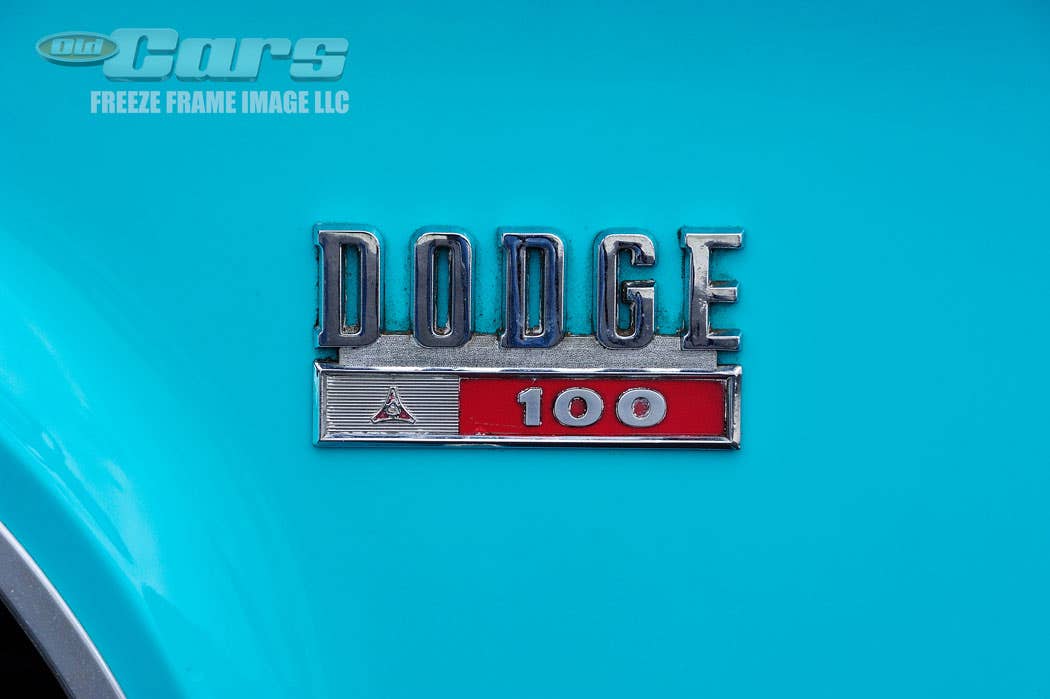
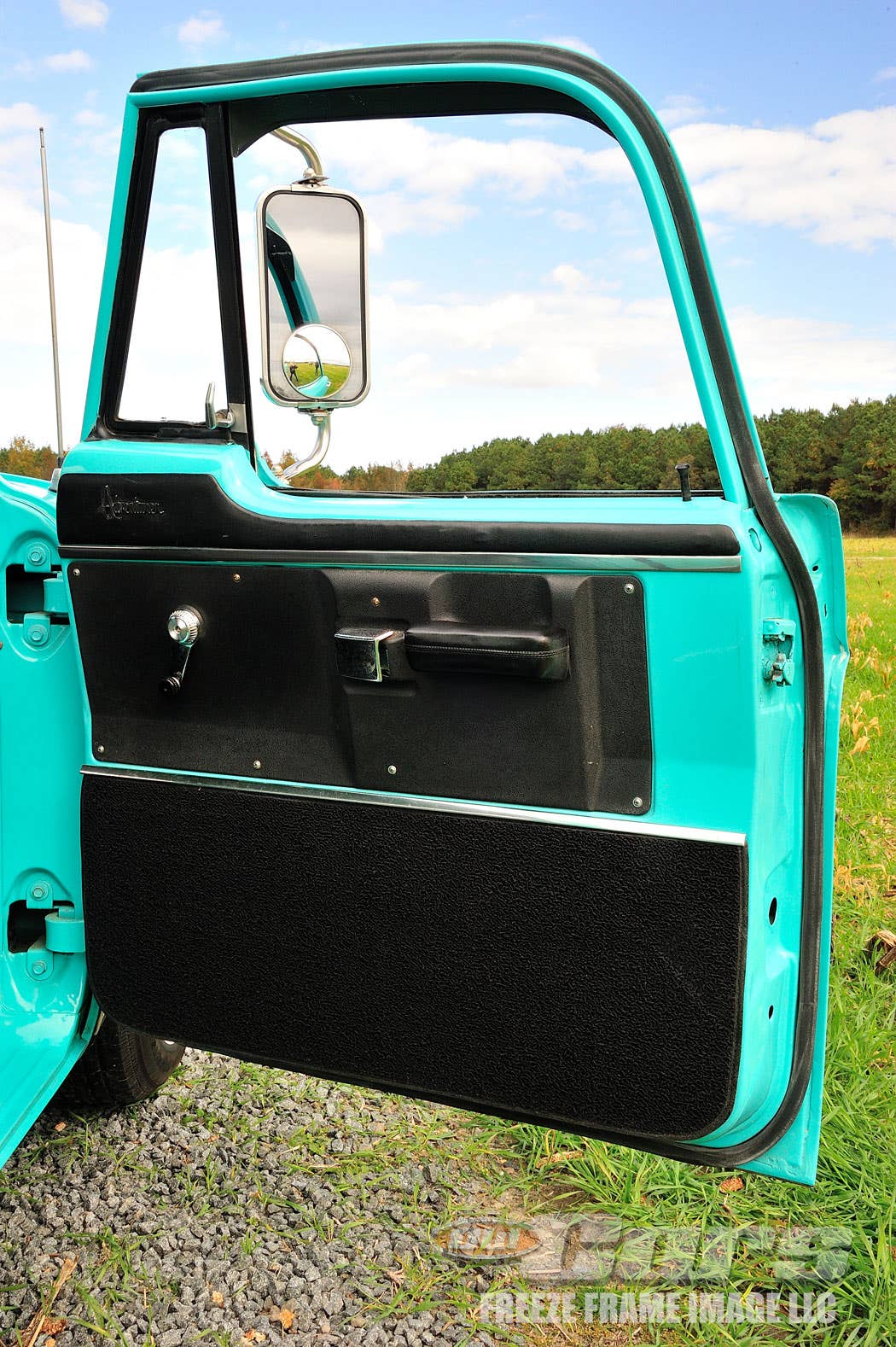
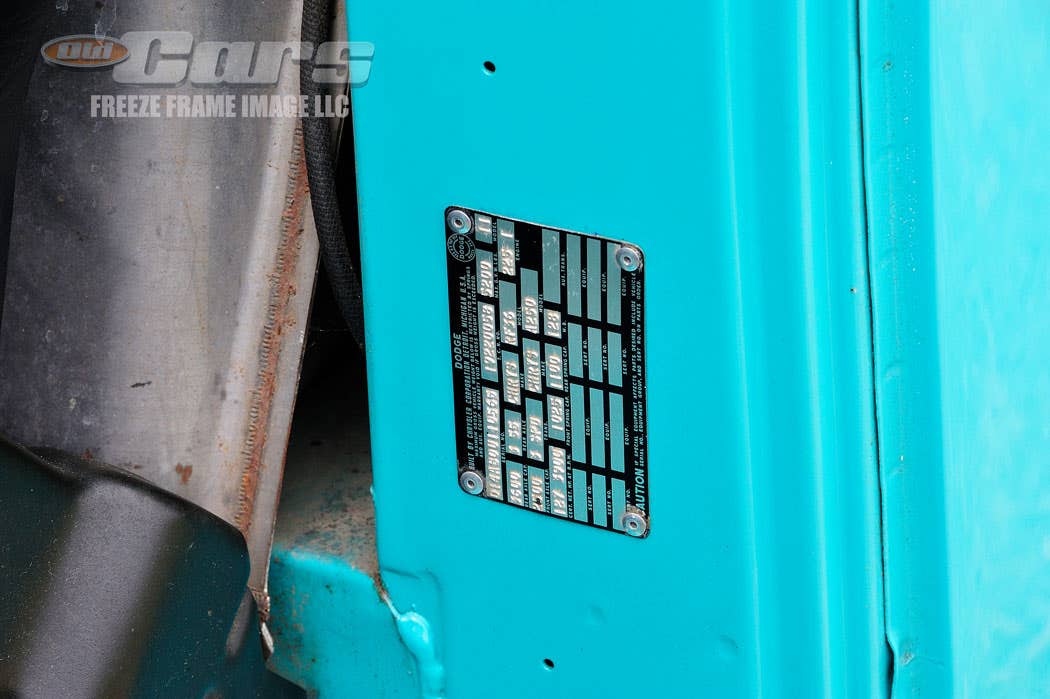
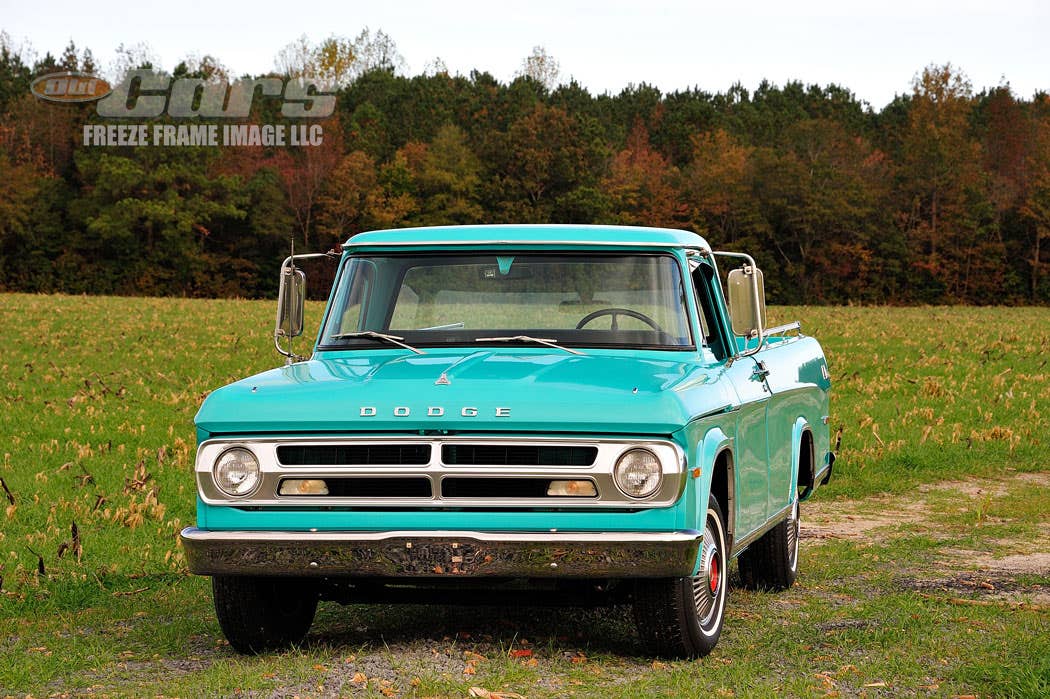

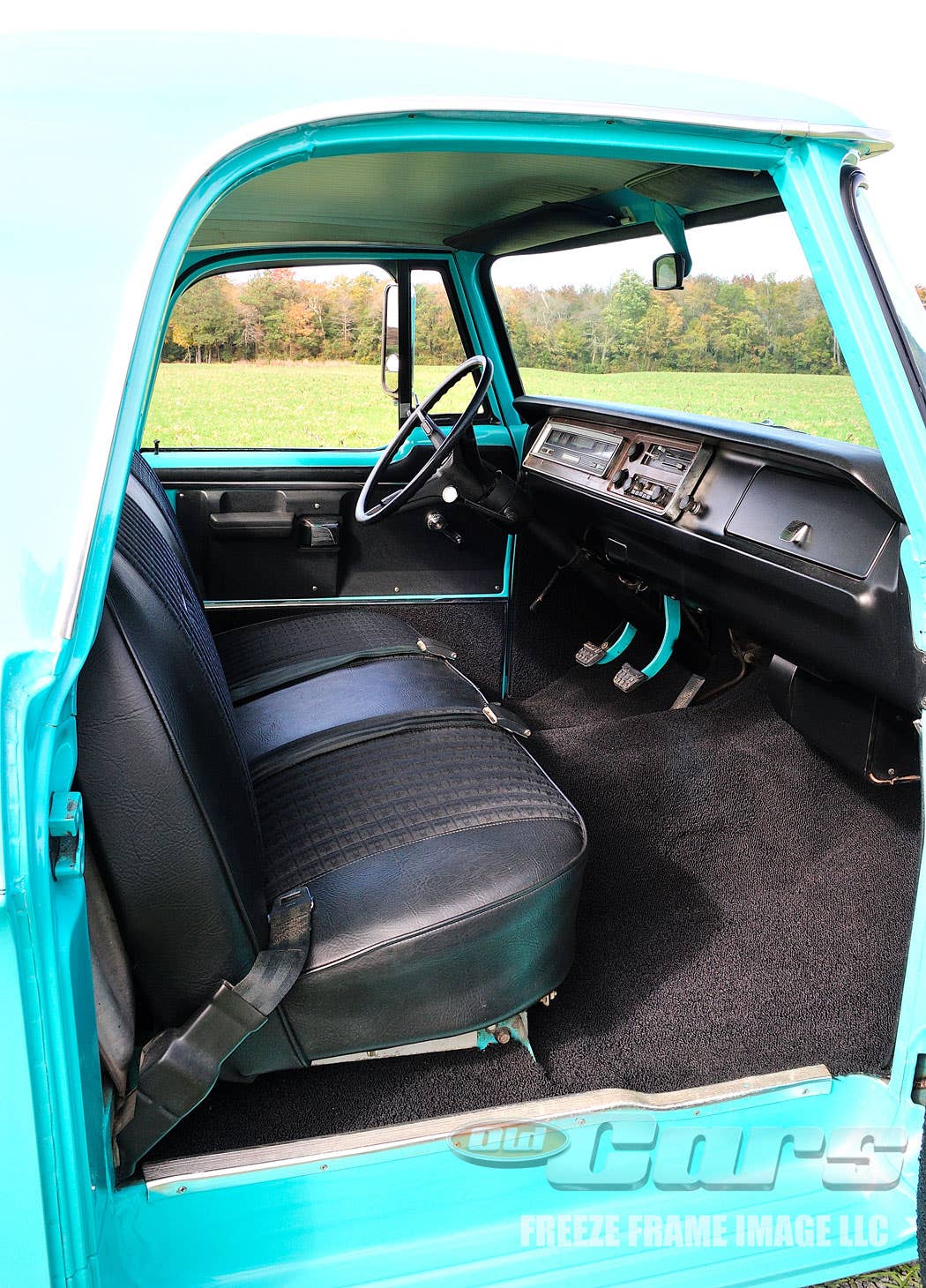
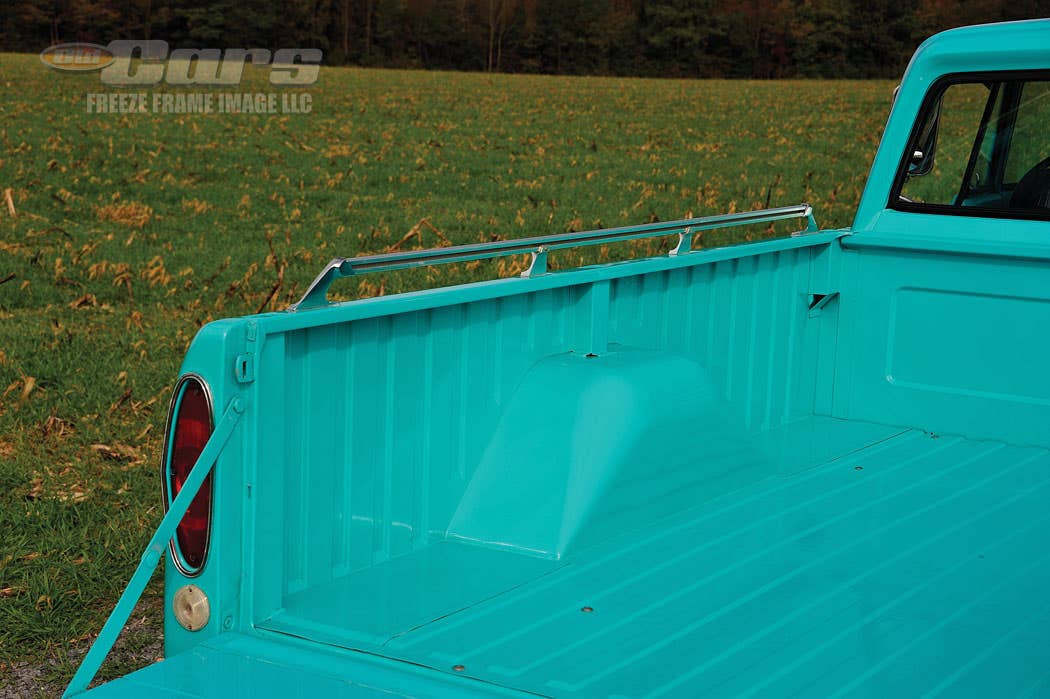
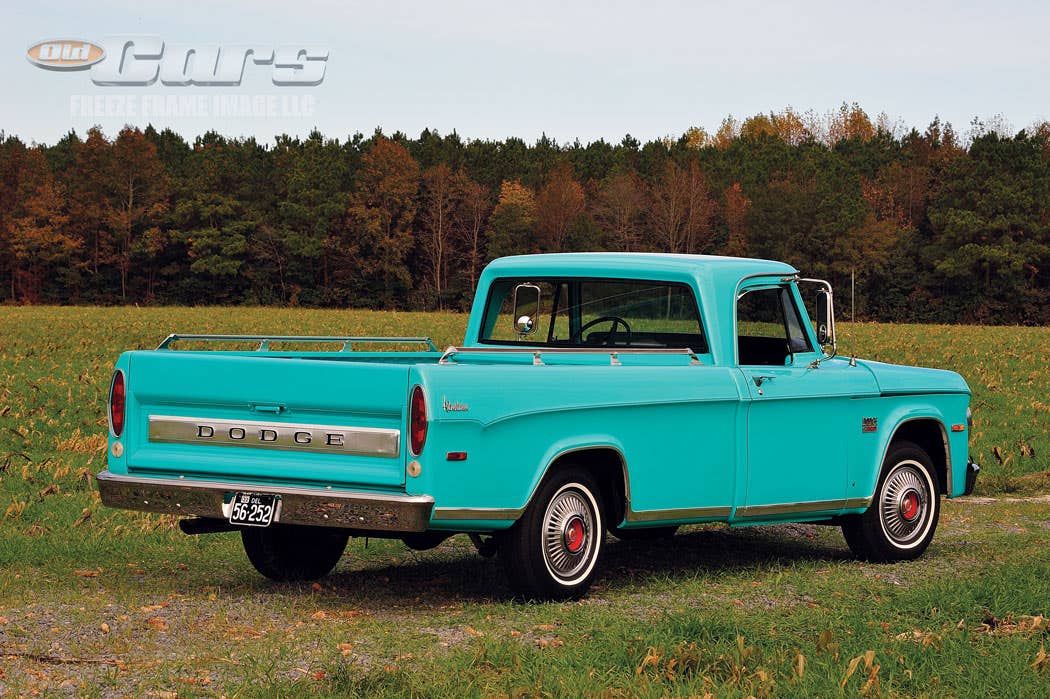
SHOW US YOUR WHEELS!
If you’ve got an old car you love, we want to hear about it. Email us at oldcars@aimmedia.com
If you like stories like these and other classic car features, check out Old Cars magazine. CLICK HERE to subscribe.
Want a taste of Old Cars magazine first? Sign up for our weekly e-newsletter and get a FREE complimentary digital issue download of our print magazine.
*As an Amazon Associate, Old Cars earns from qualifying purchases.








